There can be your advertisement
300x150
How to Create a Repair Estimate: 7 Simple Steps
Homeowners usually entrust the creation of a repair estimate to specialists - most often those who will later carry out this repair. However, it's still worth roughly calculating the amount that will be spent on the renovation independently. In addition, many now decide to do the repair themselves without hiring specialists - those who choose this challenging path must learn construction accounting. It's not as complicated as it seems: we will tell you what aspects to consider to get a detailed idea of the repair cost.
1. Determine the Scope of Work
First and foremost, it's important to understand what type of renovation you're planning to do - capital, cosmetic, or reconstruction. Based on your decision, compile a list of works that need to be performed in the apartment, house, or even a single room. If you decide to create an estimate yourself, you'll need to study the technology of construction and finishing works, understand how pipes, wiring, and outlets change.
Tip: an important factor is the type of housing and its architectural-engineering features. Find out the house series; understand what the walls and floors are made of; where the wires and pipes run. These details will help you refine the list of works.
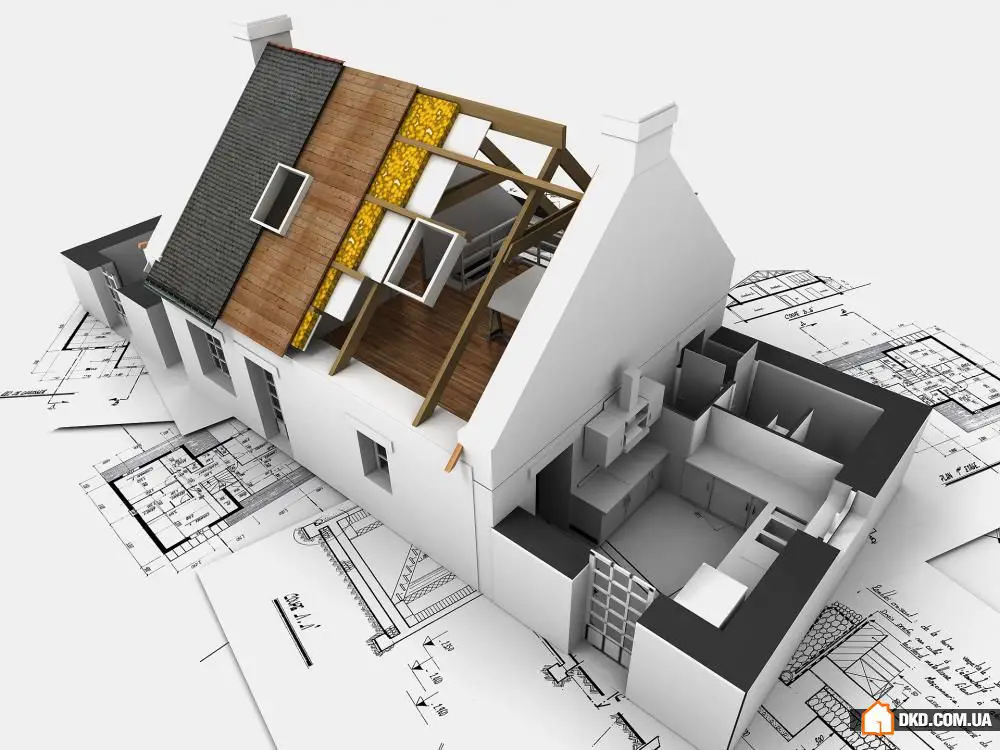
2. Conduct an Inventory
Comparing the list of works you've created, review your storage space, garage shelves, and balcony: it's important to understand what construction materials and tools you already have. At the same time, compile a list of materials and tools needed for your renovation, marking what still needs to be purchased.
Tip: don't forget to ask friends and relatives - maybe they dream of giving away leftover wallpaper or paint after a renovation. However, don't skimp on tools: good rollers, straight edges, and sharp spatulas will speed up the repair. As a result, you'll save money.
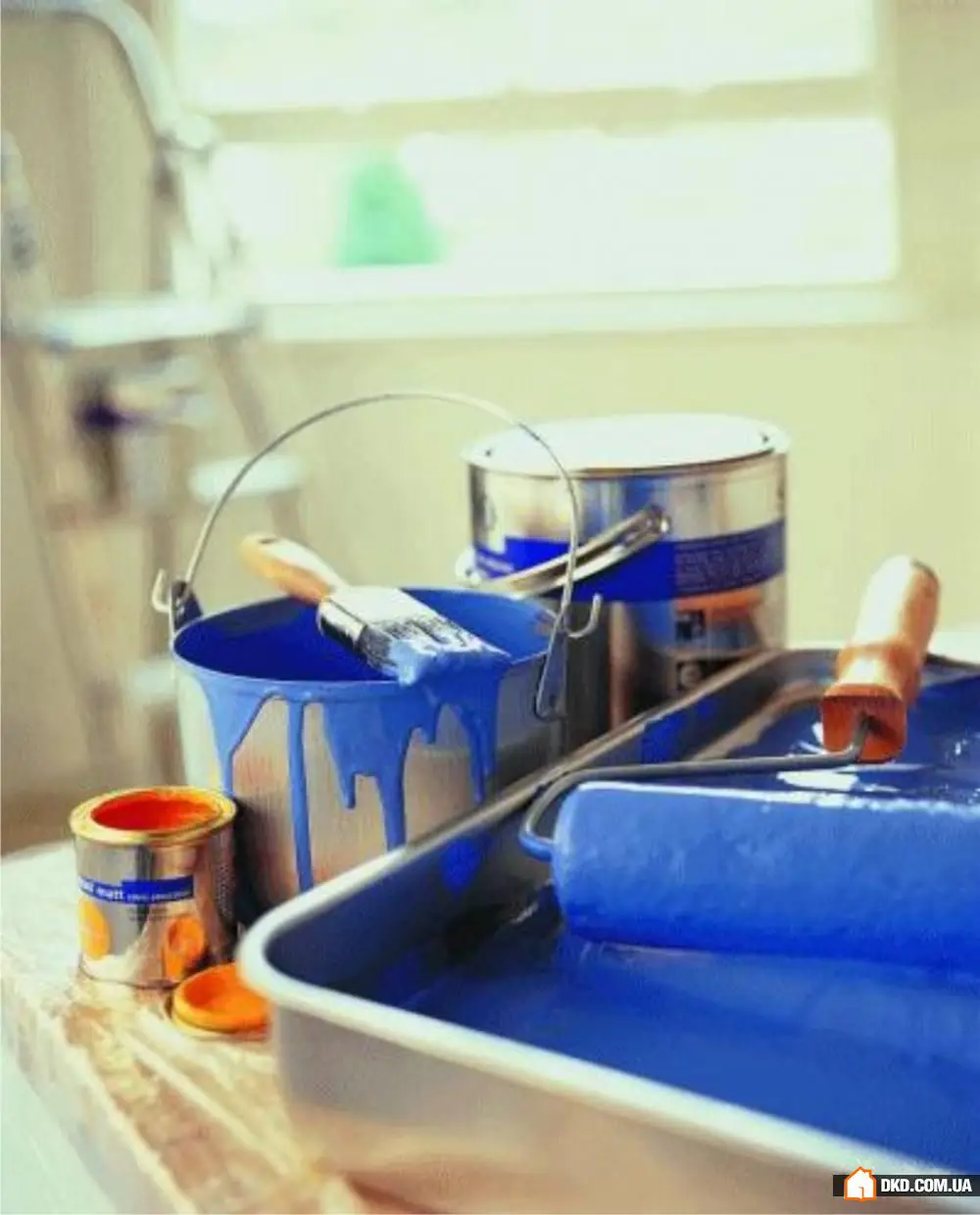
3. Choose Work for Yourself and for Professionals
Distinguish in the list of all necessary renovation actions and operations those that you can perform yourself. All remaining items are your requests for price monitoring of services. Find out the average (and, just in case, maximum) cost of repair works that you will need to hire professionals for. You can immediately compile a more specific list of contractors based on recommendations from friends. Also, determine the costs for inviting specialists.
Tip: it's better to leave communication installation (electrical, water supply, sewage, and ventilation) to professionals, as well as demolition of old and construction of new partitions, window and door replacement, installation of plumbing fixtures, and kitchen appliances.
You can definitely (if you wish) take on simple finishing works yourself: ceiling painting, wallpapering, and with some skill, laying some types of flooring. It's better not to lay tiles yourself - too many important details are involved.

4. Find Out the Price of Construction Materials
Take the list of materials and tools you need to buy - and check market offers. Paint, parquet boards, and wallpaper can be purchased not only in building supply stores (though monitoring sales in these places is very useful for economical renovation). Use discount services, stores with regular sales, and online shops (including manufacturers and suppliers of construction materials from various regions of Russia).
Tip: when compiling an estimate for materials, double-check the list of works. To paint a wall, you need not just paint but also primer and sometimes antiseptic.

5. Calculate Material Consumption
Determine how much paint or parquet you will need: usually, the consumption rate of a particular construction material is indicated directly on its packaging and in the product description on online stores. You can find detailed tables for calculating the consumption of popular construction materials (laminate, tiles, wallpaper) on the Internet. After recording all results, add 15% to each item in your table to buy enough materials. If you don't use them, you'll have a reserve for minor repairs.
Tip: some materials should not be purchased in advance - especially dry mixes (this applies to buying in bulk and purchasing ahead, for example, during sales).
The shelf life of plaster, spackle, primers, and some lacquer-paint materials is limited, so when purchasing early, always consider the start date of the renovation and its duration. Leftovers of such materials must be distributed quickly, so the reserve should be minimal.
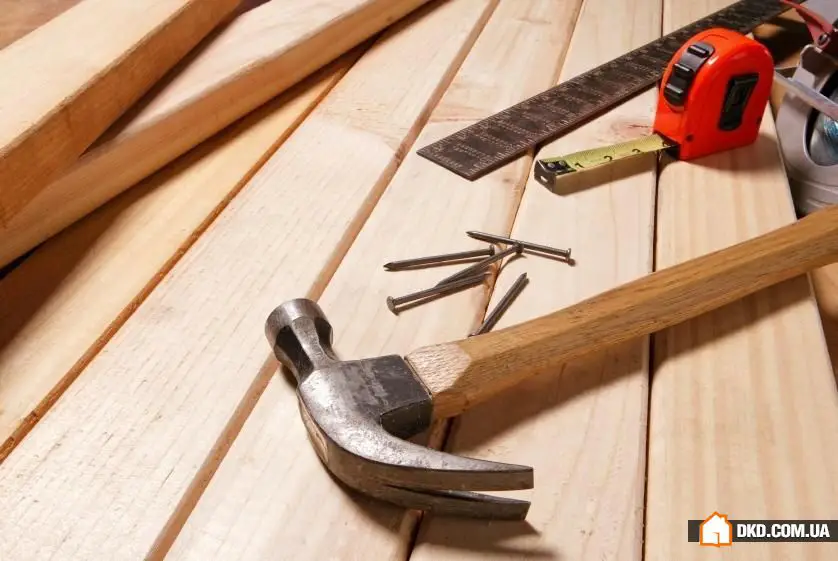
6. Calculate Equipment and Furniture Costs
Add light fixtures, furniture items, all necessary appliances, and important details (from switches and outlets to towel hooks) to the list. Even if you're doing a cosmetic renovation and keeping all interior items that were there before the overhaul, you'll still need to buy something - include these costs.
Tip: if you've worked on the design of the future interior yourself or with professionals, this list is likely already complete. If not, it's worth adding required furniture items, light fixtures, and even decorations to the project before compiling the overall estimate, specifying dimensions, technical characteristics, colors, and textures.
Of course, costs. It might turn out that the cabinets and light fixtures needed are completely different, and the finishing work around them is also different.

7. Plan Funds for Unforeseen Expenses
Simply multiply the budget amount by 1.5. Add these funds to your expenses list - primarily because it's impossible to calculate costs precisely. In addition, unforeseen circumstances (additional expenses, material and service price increases, overlooked costs) are always possible.
Tip: just as carefully calculate your time as you do your money. The period during which the repair will last should align with the original plans - otherwise, you'll end up paying more, as workers will spend extra shifts on you.

More articles:
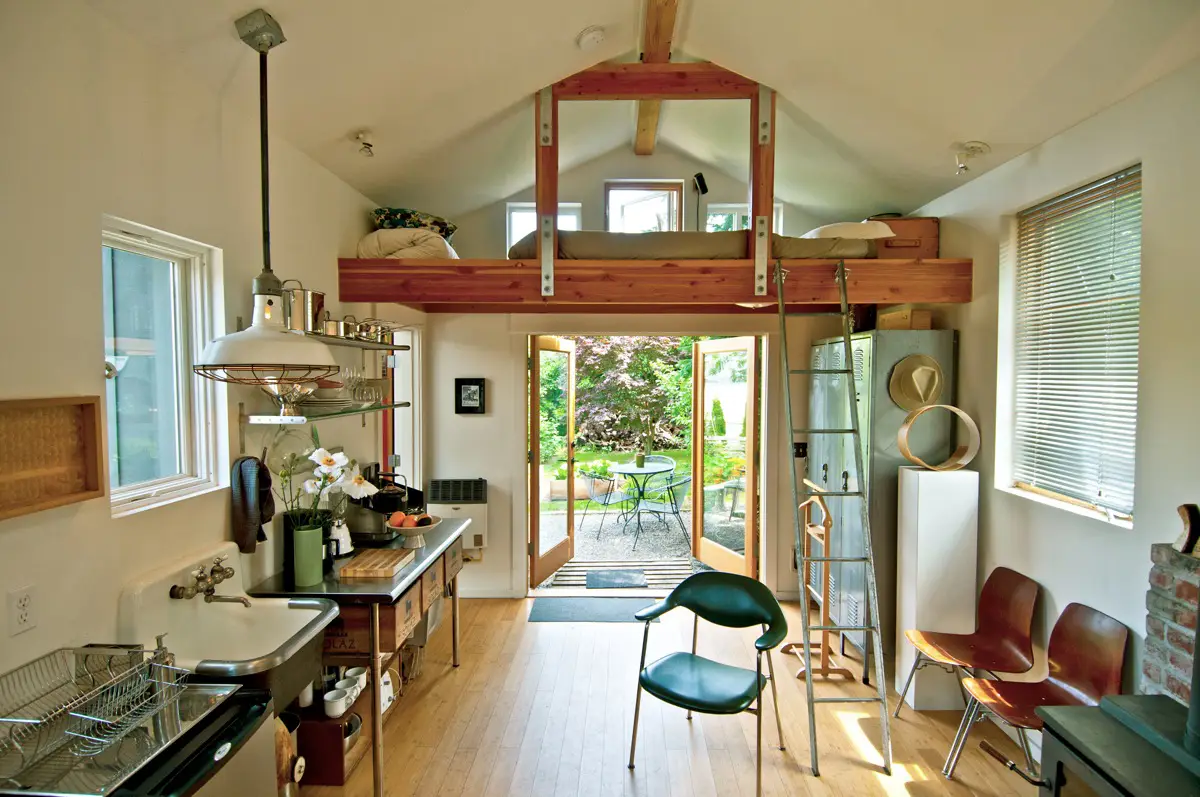 Small and Smart: 10 Houses Up to 30 Square Meters
Small and Smart: 10 Houses Up to 30 Square Meters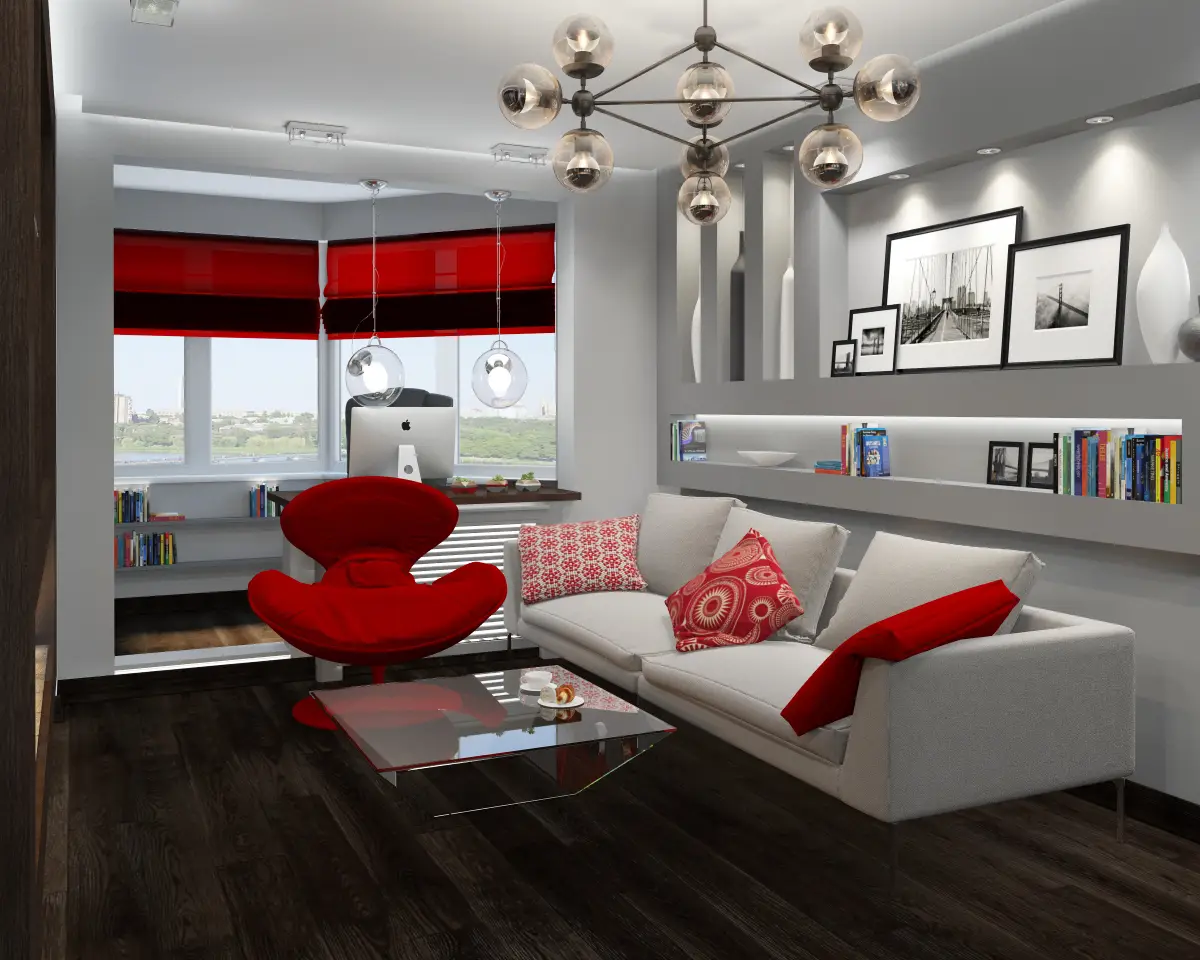 How to Arrange a Workspace on a Balcony: 3 Ideas from Designers
How to Arrange a Workspace on a Balcony: 3 Ideas from Designers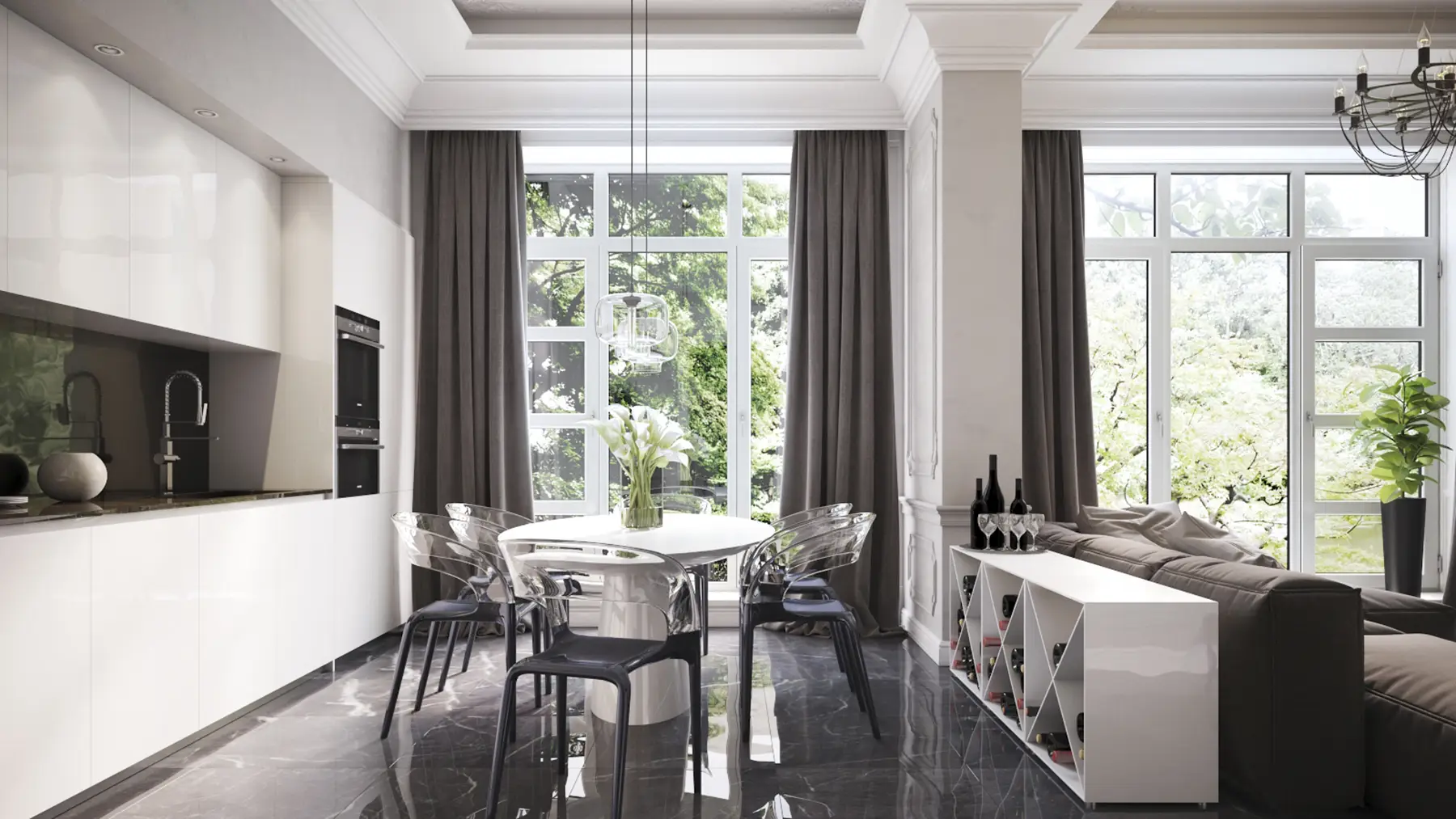 Palace of the Third Millennium: Townhouse Project in the Moscow Region
Palace of the Third Millennium: Townhouse Project in the Moscow Region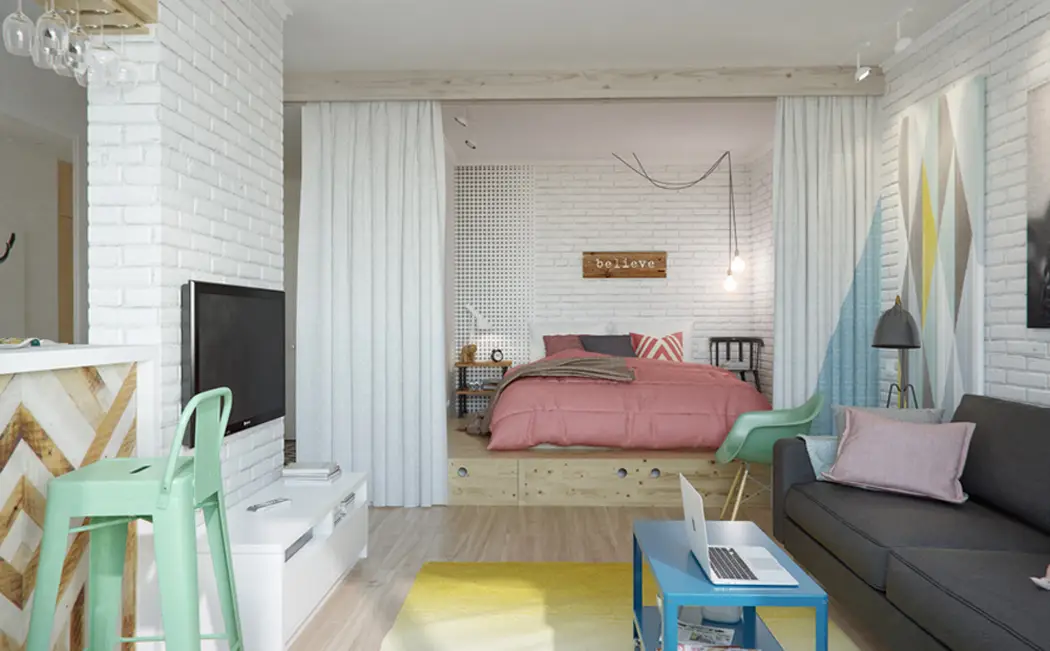 From Loft to Baroque: 7 Interiors for Girls
From Loft to Baroque: 7 Interiors for Girls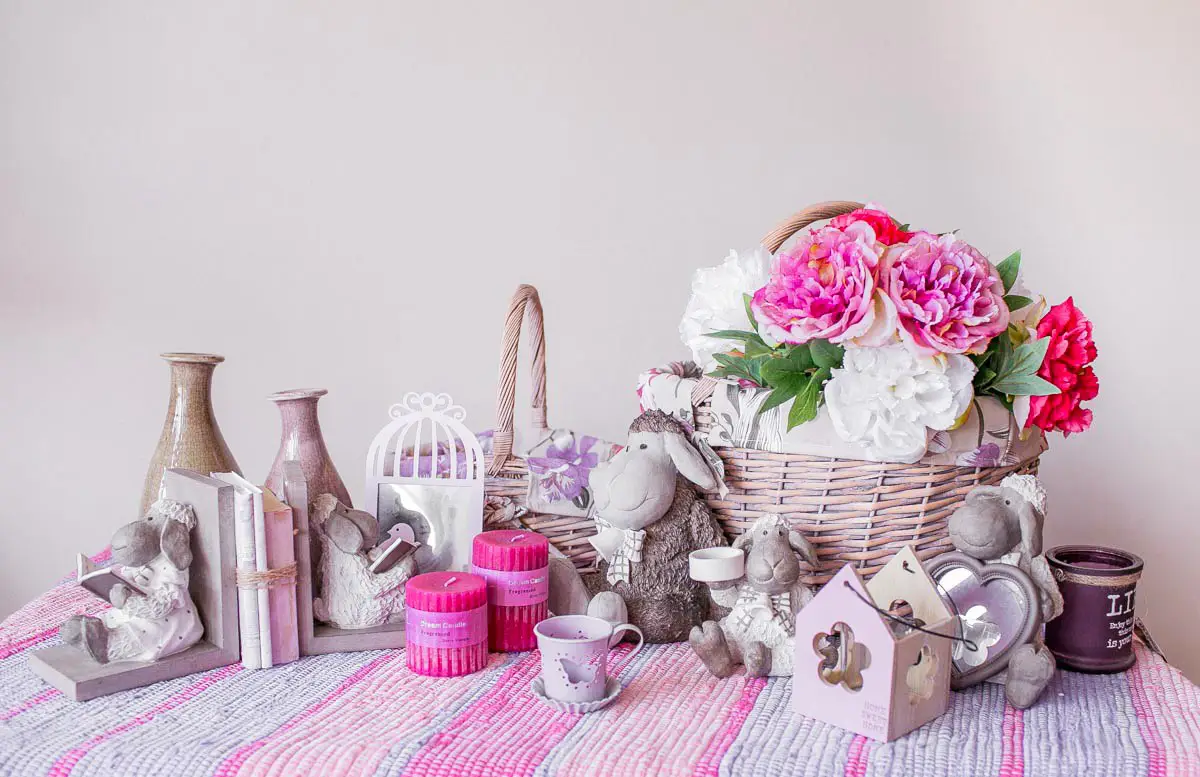 Spring Decorating Ideas: 7 Tips from a Decorator
Spring Decorating Ideas: 7 Tips from a Decorator How to Organize a Child's Room Smartly: 4 Practical Ideas
How to Organize a Child's Room Smartly: 4 Practical Ideas Top 20 Best Places to Live
Top 20 Best Places to Live How to Simply Make Sound Insulation in an Apartment
How to Simply Make Sound Insulation in an Apartment